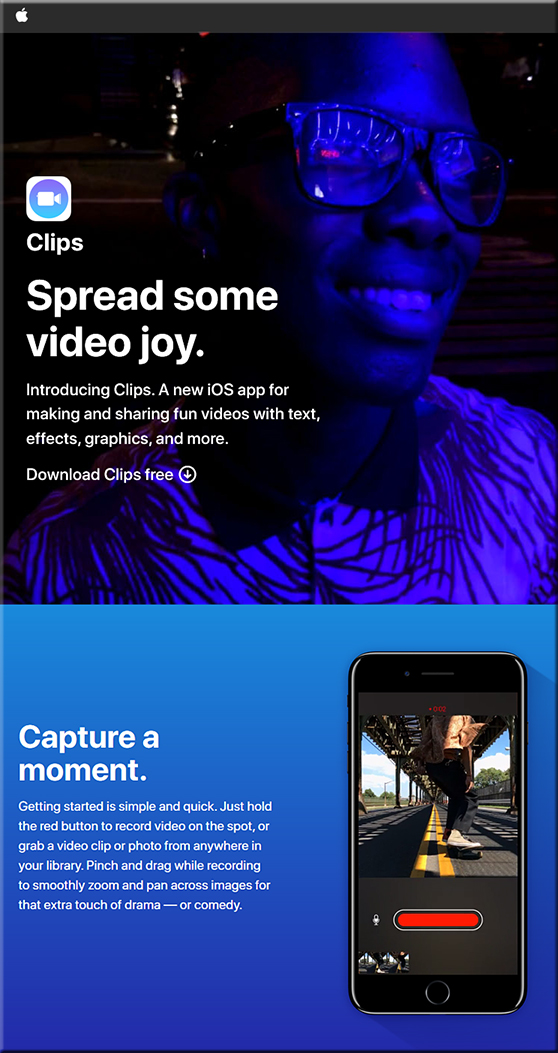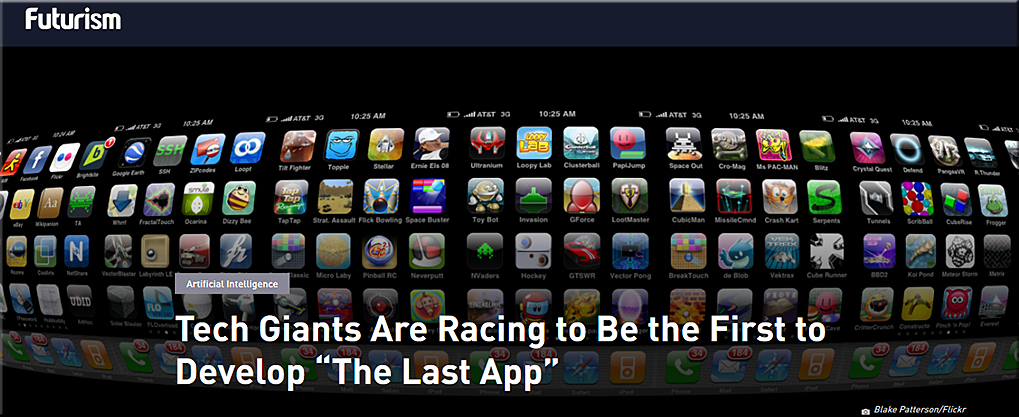How SLAM technology is redrawing augmented reality’s battle lines — from venturebeat.com by Mojtaba Tabatabaie

Excerpt (emphasis DSC):
In early June, Apple introduced its first attempt to enter AR/VR space with ARKit. What makes ARKit stand out for Apple is a technology called SLAM (Simultaneous Localization And Mapping). Every tech giant — especially Apple, Google, and Facebook — is investing heavily in SLAM technology and whichever takes best advantage of SLAM tech will likely end up on top.
SLAM is a technology used in computer vision technologies which gets the visual data from the physical world in shape of points to make an understanding for the machine. SLAM makes it possible for machines to “have an eye and understand” what’s around them through visual input. What the machine sees with SLAM technology from a simple scene looks like the photo above, for example.
Using these points machines can have an understanding of their surroundings. Using this data also helps AR developers like myself to create much more interactive and realistic experiences. This understanding can be used in different scenarios like robotics, self-driving cars, AI and of course augmented reality.
The simplest form of understanding from this technology is recognizing walls and barriers and also floors. Right now most AR SLAM technologies like ARKit only use floor recognition and position tracking to place AR objects around you, so they don’t actually know what’s going on in your environment to correctly react to it. More advanced SLAM technologies like Google Tango, can create a mesh of our environment so not only the machine can tell you where the floor is, but it can also identify walls and objects in your environment allowing everything around you to be an element to interact with.
The company with the most complete SLAM database will likely be the winner. This database will allow these giants to have an eye on the world metaphorically, so, for example Facebook can tag and know the location of your photo by just analyzing the image or Google can place ads and virtual billboards around you by analyzing the camera feed from your smart glasses. Your self-driving car can navigate itself with nothing more than visual data.









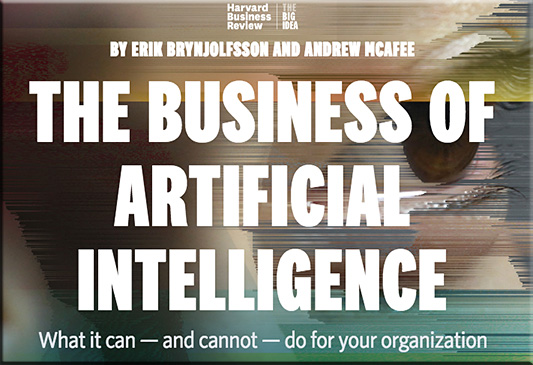
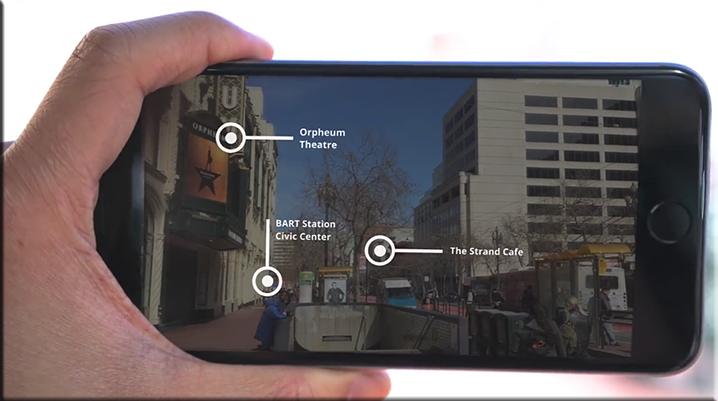
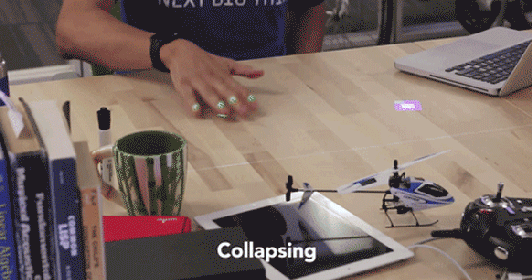
/https://public-media.smithsonianmag.com/filer/25/a4/25a4d074-7a9b-42c8-ac35-2bbf5d59e70d/story_of_the_forest_app_2__image_courtesy_of_teamlab.jpg)


![The Living [Class] Room -- by Daniel Christian -- July 2012 -- a second device used in conjunction with a Smart/Connected TV](http://danielschristian.com/learning-ecosystems/wp-content/uploads/2012/07/The-Living-Class-Room-Daniel-S-Christian-July-2012.jpg)

